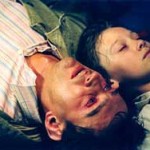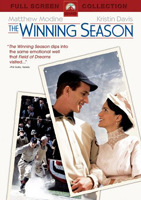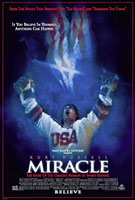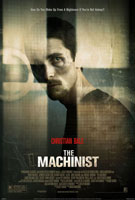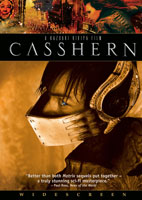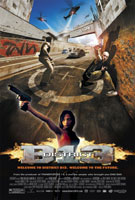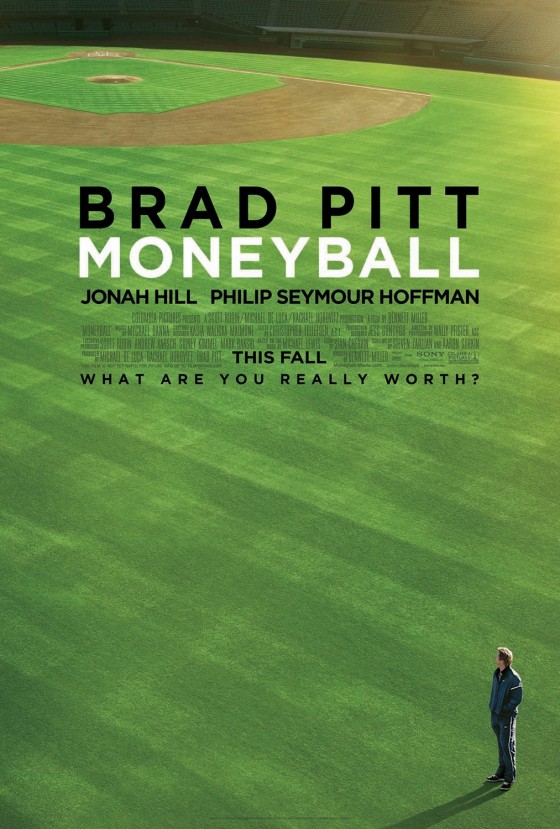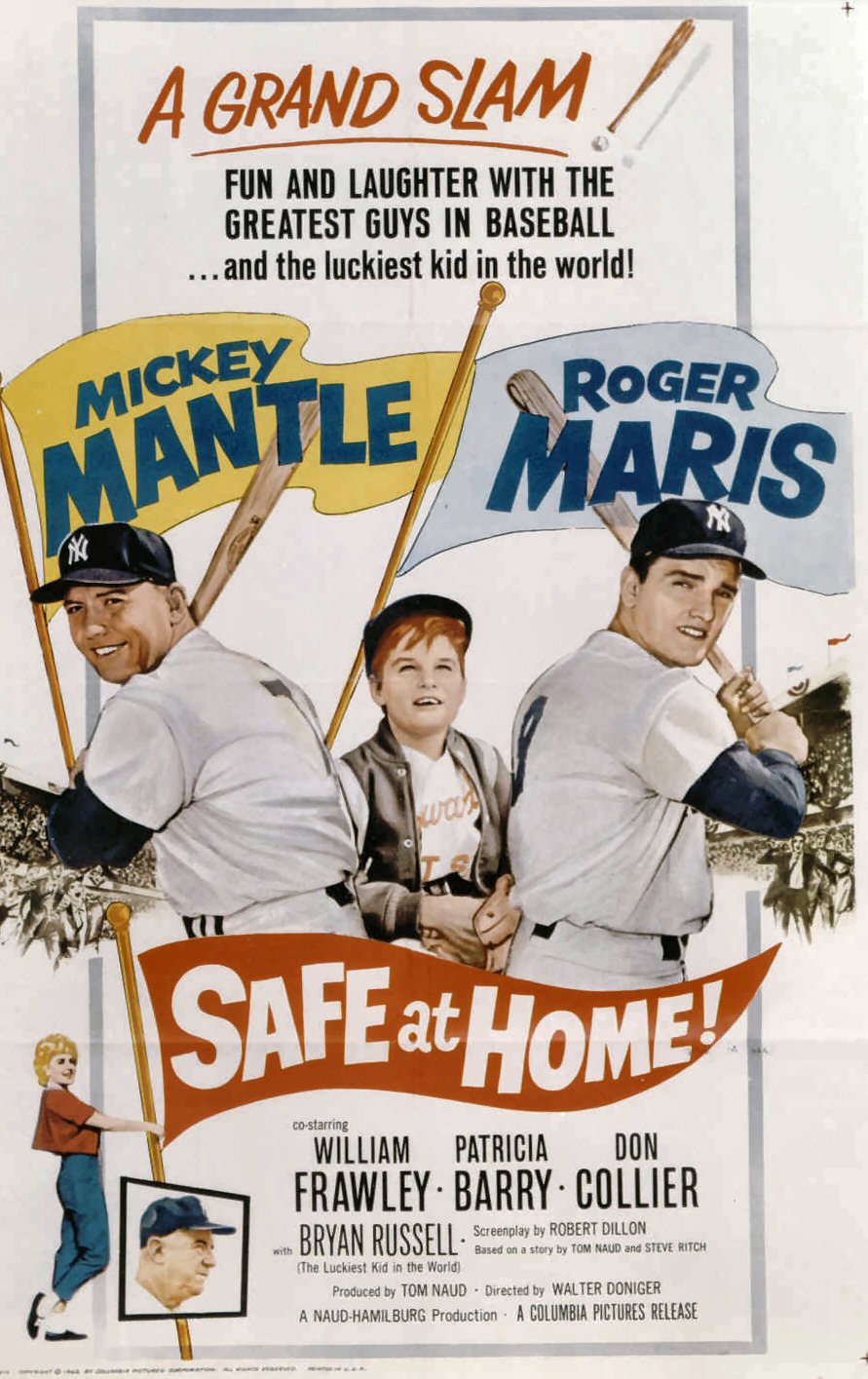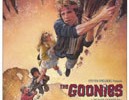Light and dark – it’s the oldest rivalry in the book. Some might even regard it as a little cliché. But, oh, the symbolism. You see something black like an alley filled with shadows or a Greaser with a black leather jacket and you know that cupcakes and birthday surprises aren’t likely to materialize. And how many rapists and evil megalomaniacs do you see wearing bleach-white shrouds?
Timur Bekmambetov’s Night Watch resurrects the battlefield of light and dark, this time taking it quite literally. It seems as though the forces above and the forces below worked out a truce of sorts where they guard one another, thus bringing balance to the world. Not surprisingly, light looks after the day and dark the night. There are still glitches in the truce, such as vampires and other other-worldly beasties feeding off of and fraternizing with the human population.
With the world divided equally into light and dark, a prophecy exists that says an “other” who is neither light nor dark will shift the balance by choosing sides.
Night Watch caused quite a stir in its native Russia when it was released last year, becoming the country’s biggest box office draw of all-time. Apparently the first part of a trilogy, Night Watch is a dark gothic action film that has the same look and feel as the disappointing Underworld. While I was left wondering what all the hype was about that made it such a hit in Russia, Night Watch is still far superior to its American genre counterparts.
The look of Night Watch is dark and dank. The lighting allows you to make out just enough of the cluttered sets for the locations to make sense. But when you combine it with Bekmambetov’s hyper-rapid editing, the film often becomes chaotic on the eyes. There were times when I wasn’t entirely sure what was going on for certain, but the overall story was clear enough that I never found myself too lost.
Another detriment to Night Watch is its extensive list of characters. The line between primary and secondary characters is pretty small as some of the most important players aren’t always the ones with the ones with the most lines. But the worlds of light and dark are filled with several magical characters that make it feel as though Merlin came back from the dead. The landscape isn’t limited to your standard angel archetypes and vampires but expand into a fairy tale world that includes an owl that transforms into a woman.
A lot of the film’s style comes from extensive visual effects that are better than their more expensive American counterparts. While the effects are obvious, they fit in with the look and feel of the film rather than standing out on their own. When a screw from an airplane falls from the sky, into a building, through some vents and finally into a coffee mug, it doesn’t look nearly as ridiculous as it sounds. It’s as though a camera were following an actual screw the entire time rather than something that came from a computer screen.
There’s nothing new thematically with Night Watch. It’s simply a somewhat cynical take on an epic conflict that will rage on for as long as well have the ability to tell stories. However, Bekmambetov puts enough of a fingerprint on the project to make it all seem fresh again. And from a North American perspective, it’s interesting to see it from a different point of view where black and white can work together to create something much more grey.
Night Watch Gallery
Night Watch Trailer

